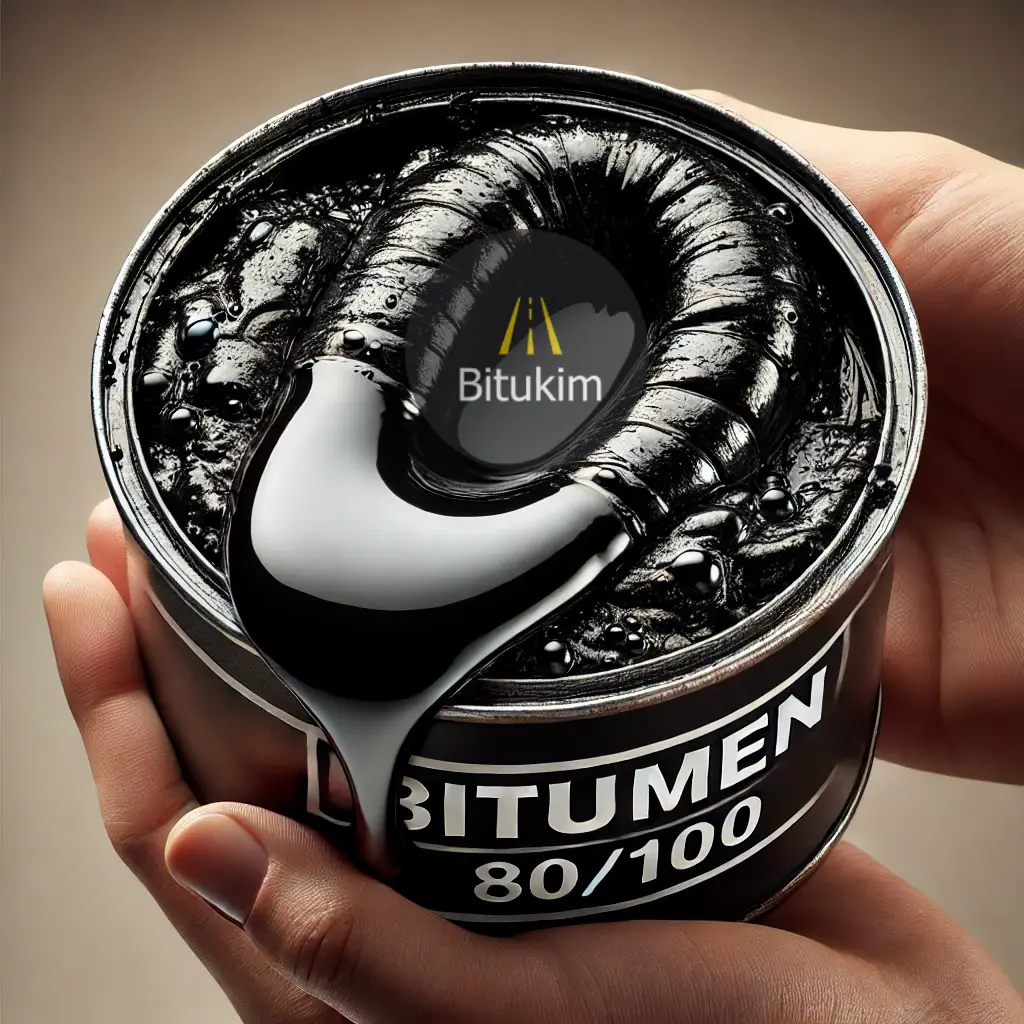
Bitumen 80/100 vs. Other Bitumen Grades, When selecting bitumen for a construction project, it’s crucial to understand the differences between the various grades available. Bitumen 80/100 is one of the common grades used, but how does it compare to other grades like Bitumen 60/70, 40/50, or 100/120? Let’s explore the main distinctions and ideal applications for each grade.
Table of Contents
Toggle1. Bitumen 80/100
- Properties: Bitumen 80/100 is a softer grade of penetration bitumen, meaning it has a higher penetration value (80 to 100) and lower viscosity compared to harder grades. It is more flexible and less brittle, making it suitable for use in moderate climates.
- Applications: This grade is often used in paving applications, particularly in areas with mild temperatures where the bitumen is less likely to become brittle. It is also used for surface dressing, minor repair works, and low-traffic roads.
2. Bitumen 60/70
- Properties: Bitumen 60/70 is harder than Bitumen 80/100, with a lower penetration range (60 to 70), meaning it is more viscous and has better resistance to deformation under high temperatures. It provides a good balance between softness and hardness.
- Applications: It is commonly used in road construction for both high-traffic areas and regions with hot climates. Its durability and resistance to high temperatures make it suitable for heavy-duty roads, highways, and airport runways.
3. Bitumen 40/50
- Properties: Bitumen 40/50 is a very hard grade with a low penetration range (40 to 50), indicating a high level of stiffness and low penetration. It offers excellent resistance to deformation at high temperatures but is less flexible in colder temperatures.
- Applications: This grade is typically used in heavy-duty construction projects where maximum durability is required, such as in high-traffic highways, airfield runways, and industrial pavements.
4. Bitumen 100/120
- Properties: Bitumen 100/120 is softer than 80/100, with a higher penetration value (100 to 120). It is the softest grade among the commonly used bitumen types, with the highest penetration value and the lowest viscosity.
- Applications: It is usually used in colder climates where flexibility is crucial, as well as for sealing, waterproofing, and in asphalt mixtures that require greater flexibility at low temperatures.
Key Comparisons
| Feature | Bitumen 80/100 | Bitumen 60/70 | Bitumen 40/50 | Bitumen 100/120 |
|---|---|---|---|---|
| Penetration Range | 80 – 100 | 60 – 70 | 40 – 50 | 100 – 120 |
| Hardness | Soft | Moderate | Hard | Very Soft |
| Viscosity | Low | Medium | High | Very Low |
| Ideal Climate | Moderate | Hot | Hot | Cold |
| Applications | Low-traffic roads, surface dressing, minor repairs | High-traffic roads, highways, runways | Heavy-duty roads, airfields | Sealing, waterproofing, flexible asphalt |
Choosing the Right Bitumen Grade for Your Project
The choice between these grades depends on several factors:
- Climate Conditions: Softer grades like Bitumen 80/100 and 100/120 perform well in moderate to cold climates, while harder grades like Bitumen 60/70 and 40/50 are suitable for hot climates.
- Traffic Load: For high-traffic roads, highways, and industrial areas, harder grades like Bitumen 60/70 or 40/50 are recommended due to their higher resistance to deformation.
- Application Type: Different grades serve distinct purposes; for example, Bitumen 100/120 is often chosen for waterproofing and flexibility, while Bitumen 40/50 is selected for high-stress pavements.
Conclusion
Understanding the differences between Bitumen 80/100 and other bitumen grades helps in making the right choice based on project requirements, environmental conditions, and desired performance characteristics. Selecting the correct grade ensures longevity, safety, and cost-efficiency in your construction projects.

